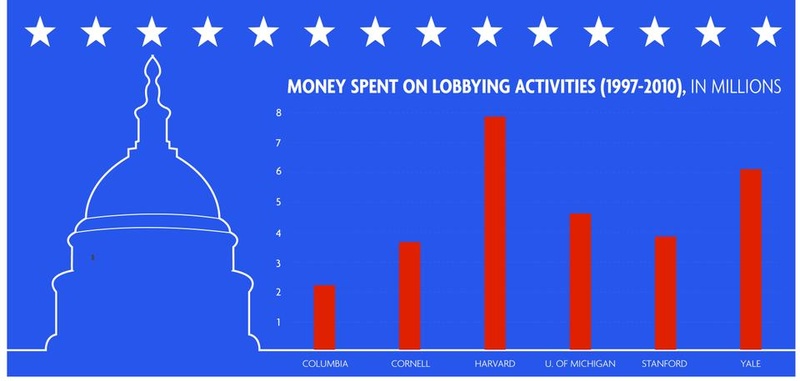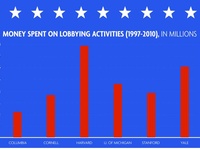To win over a conservative Senator from Tennessee, it helps to know the South—as University President Drew G. Faust can attest.
During a meeting earlier this year with Senator Lamar Alexander, a Tennessee Republican, Faust sat down across a table from a man who partly controls funding for Harvard’s largest sources of federal dollars at a time when the Republican party is seeking to make deep cuts in the federal budget.
But Faust managed to win over Alexander, taking one step toward assuring that Harvard would not face a major shortfall in funding.
Faust, who is descended from a long line of Tennesseans on her mother’s side, seized on the memorabilia from the state in Alexander’s office, finding common ground with the Senator in their shared roots.
Then she got down to business pitching higher education to the Senator.
Several times this year Faust has trekked down to Washington D.C., put on a smile, and made her case for Harvard.
After the financial crisis dealt heavy blows to both the University’s endowment and to the federal budget, Harvard is in a tight budgetary spot as it scrambles to continue funding ambitious science research and recruiting the most talented students.
Harvard receives roughly $600 million per year, largely in the form of grants, from the federal government. Counting the teaching hospitals, the total comes to around $1.2 billion annually. But now this source of funding is in peril as Congress is set to sharply cut spending for the coming fiscal year.
“Her concerns are not unfounded,” said Senator Richard J. Durbin, an Illinois Democrat and the assistant Senate majority leader, who has met with Faust in D.C. to discuss science funding and other legislation.
These challenging circumstances have forced university presidents to get their hands dirty in Washington politics, as they advocate for continued funding of research and student financial aid.
On these front lines, Faust is leading the way.
“In this budget environment you have no choice,” said Vice President for Public Affairs and Communications Christine M. Heenan, “but to make your case early and often.”
According to historian and lecturer Stephen P. Shoemaker, Faust is the most politically active president in Harvard’s history since James Bryant Conant, Class of 1914, helped spearhead the Manhattan Project.
The magnitude of the current stakes in Washington has left Faust with no choice but to roll up her sleeves and wade into federal politics. “I try to be a face for Harvard that makes it seem an important part of the nation’s future,” she said. “I need to make that case. All of higher education needs to make that case.”
THE STRATEGY
Read more in News
Serving the Community?














